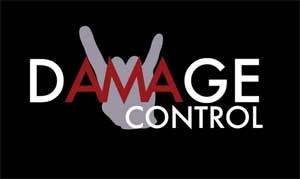
strategic asset deployments to the Korean Peninsula. The Yoon administration desired a more tangible demonstration of the U.S. defense capabilities, including nuclear, conventional, and missile defense capabilities.” In previous joint presidential statements and military joint communiques, the United States has offered consistent, but rehashed, language about “using the full range of U.S. Against this backdrop, South Korea was seeking a more forceful reiteration of Washington’s commitment to provide extended deterrence. Earlier in April, North Korea launched its first solid fuel intercontinental ballistic missile, a major advance in its nuclear capabilities and officials in Washington and Seoul believe Pyongyang is preparing its first nuclear test since 2017. Last year, Pyongyang conducted more missiles tests than in any previous year.


President Joe Biden and South Korean President Yoon Suk Yeol at a joint news conference in the Rose Garden of the White House in Washington, April, 26, 2023. Although the summit ostensibly achieved both sides’ desired security deliverables related to deterrence, reassurance and nonproliferation, these outcomes will likely not provide enduring solutions to the North Korea challenge. trade and semiconductor policy and Seoul’s support for Ukraine, the focus of the bilateral summit was on the threat posed by North Korea. While there have been some recent strains in the relationship over U.S. Yoon’s visit is only the second state visit hosted by the Biden administration and the first South Korean state visit in 12 years. South Korean President Yoon Suk-yeol is in Washington this week as the United States and South Korea celebrate 70 years of bilateral ties.


 0 kommentar(er)
0 kommentar(er)
